
The RegenNarration
The RegenNarration podcast features the stories of a generation that is changing the story, enabling the regeneration of life on this planet. It’s ad-free, freely available and entirely listener-supported. You'll hear from high profile and grass-roots leaders from around Australia and the world, on how they're changing the stories we live by, and the systems we create in their mold. Along with often very personal tales of how they themselves are changing, in the places they call home. With Prime-Ministerial award-winning host, Anthony James.
The RegenNarration
Seeds, Stories & Sovereignty: A Walk Through Mayan Permaculture At Lake Atitlán
Welcome to another very special series of episodes. This time, from my return to an old haunt back at the turn of the century, in beautiful current day Guatemala, Central America. Deep in the heart of Mayan Country and culture.
To have the opportunity to share these with you here, is beyond what I ever imagined possible. I couldn’t be more grateful, including to Dana Scott for so generously translating and speaking the Spanish in English, for me to overdub for you here. A version of all four episodes in the series will go out in both Spanish and English.
First up, a story I’m so glad to be able to share with you - a visit to the Meso-American Permaculture Institute on the shores of the world wonder called Lago de Atitlan (Lake Atitlan). You may have heard my conversation with Maria Inés Cuj and Rony Lec, current and former directors of the Institute, a few years ago in episode 113, when they won a major global award after 20+ years of trailblazing gutsy work.
This time, we were fortunate to be able to visit in person, and be shown around this centre of ceremony, education and regeneration – a literal cross-cultural lifeline for the community, the lake, and beyond.
Initially, I’d just had the phone recording going to capture our arrival, but it got interesting straight up, with Inés and her colleague Patrik Mucia so warmly welcoming us in their ceremonial ground (after we’d spent untold hours scrambling to catch 2 boats, 2 tuk tuks, and 1 pickup to get there).
After that, Patrik takes us for a walk. This young Mayan man is a great communicator, including about his story - how the Institute prompted his return to Mayan culture and his introduction to permaculture. And while we walk, the gardens sing.
Recorded 15 December 2024.
Title slide: AJ and Patrik (by Olivia Cheng).
See more photos on the episode web page, and for more behind the scenes, become a supporting listener below.
Music:
Salta Montes, by Migra (from Artlist).
Regeneration, by Amelia Barden.
The RegenNarration playlist, music chosen by guests.
The RegenNarration is independent, ad-free and freely available, thanks to the generous support of listeners like you.
Please consider becoming a paid subscriber to help keep the show on the road - and gain access to a great community and some exclusive benefits - on Patreon or Substack (where you'll find my writing).
You can also donate directly via the website (avoiding fees) or PayPal.
I hope to see you at an event, and even The RegenNarration shop. And thanks for sharing with friends!
Podcasts we love
Check out these other fine podcasts recommended by us, not an algorithm.
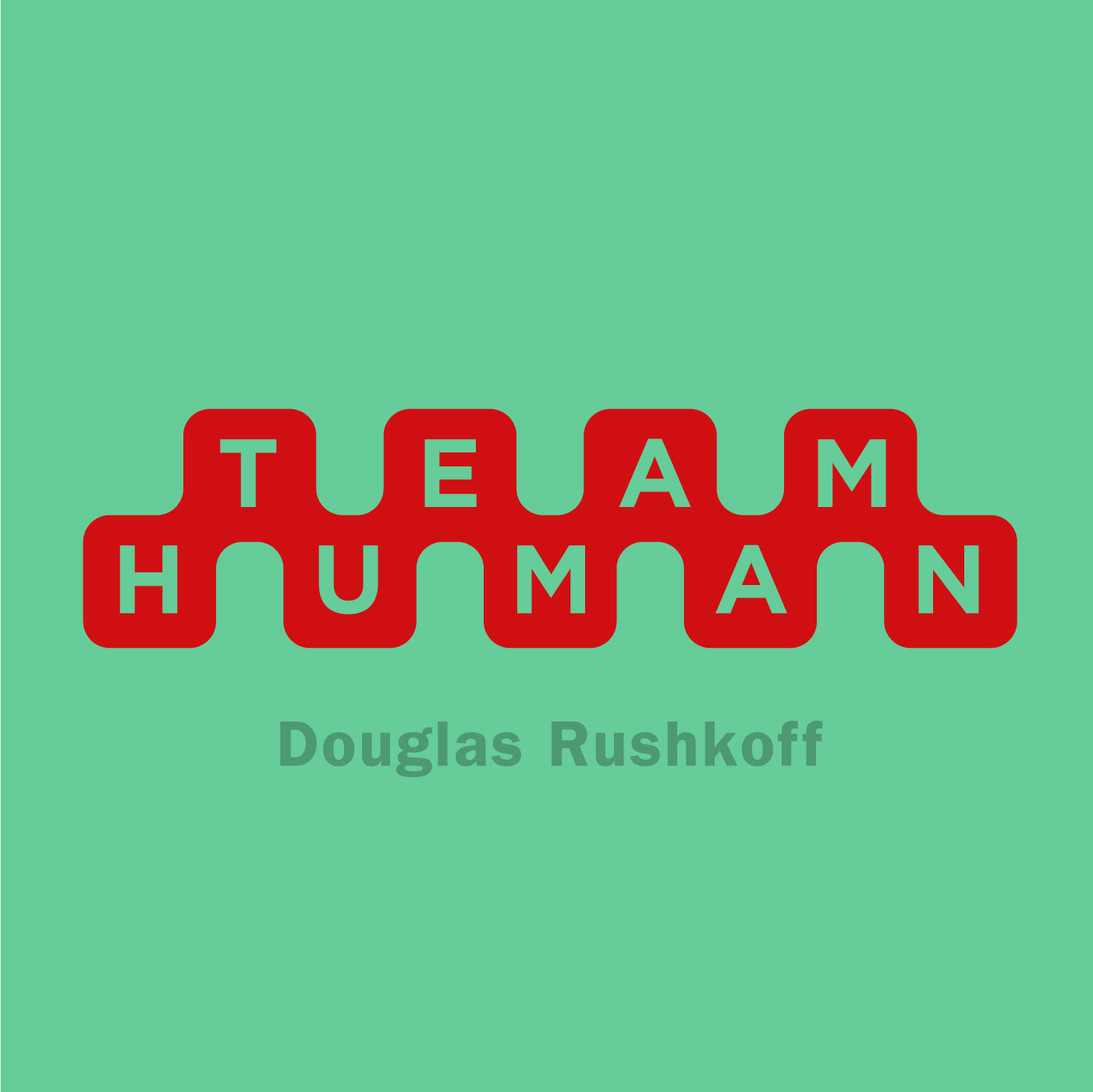
Team Human
Douglas Rushkoff
7am
Solstice Media
A Braver Way
Monica Guzman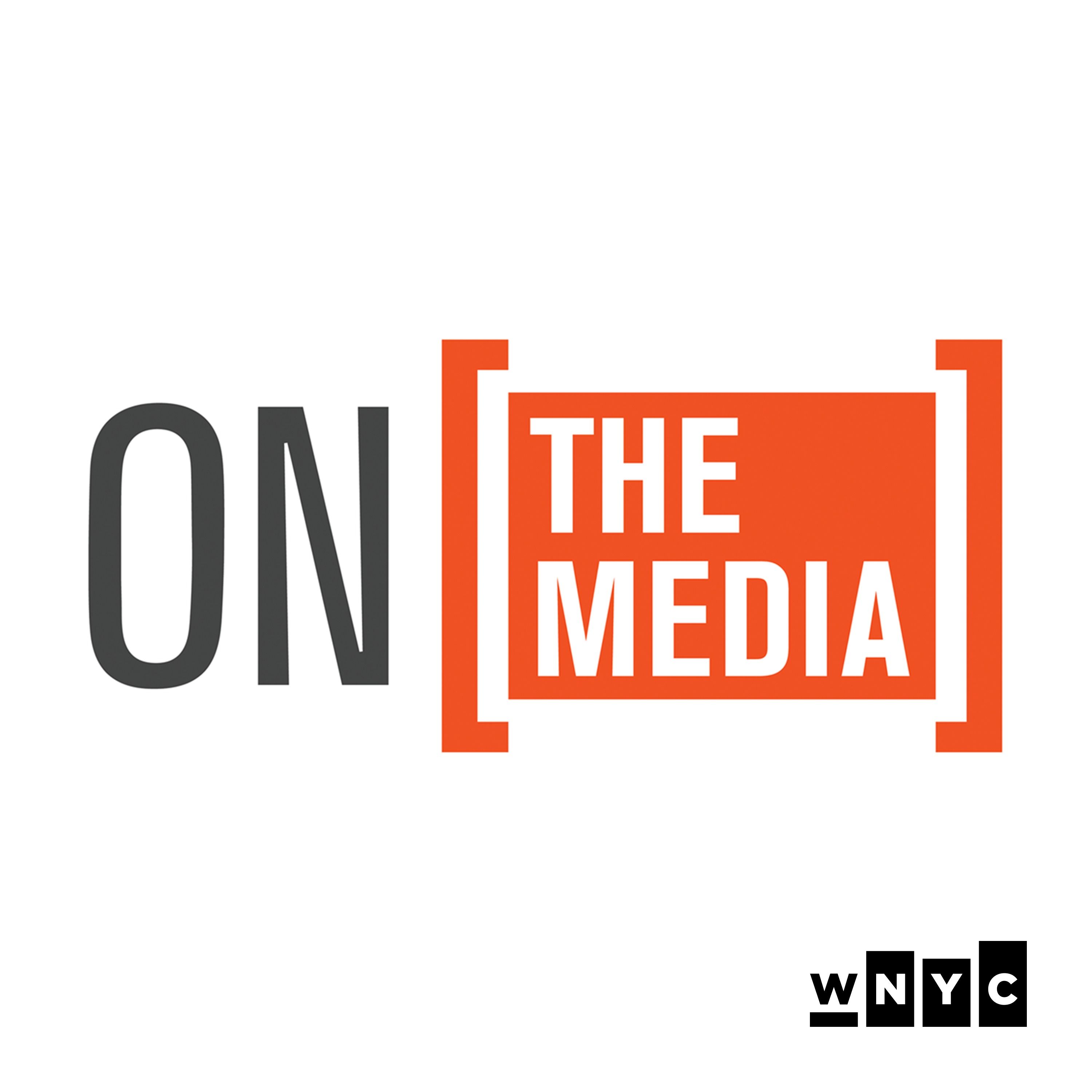
On the Media
WNYC Studios
Aboriginal Way
Aboriginal Way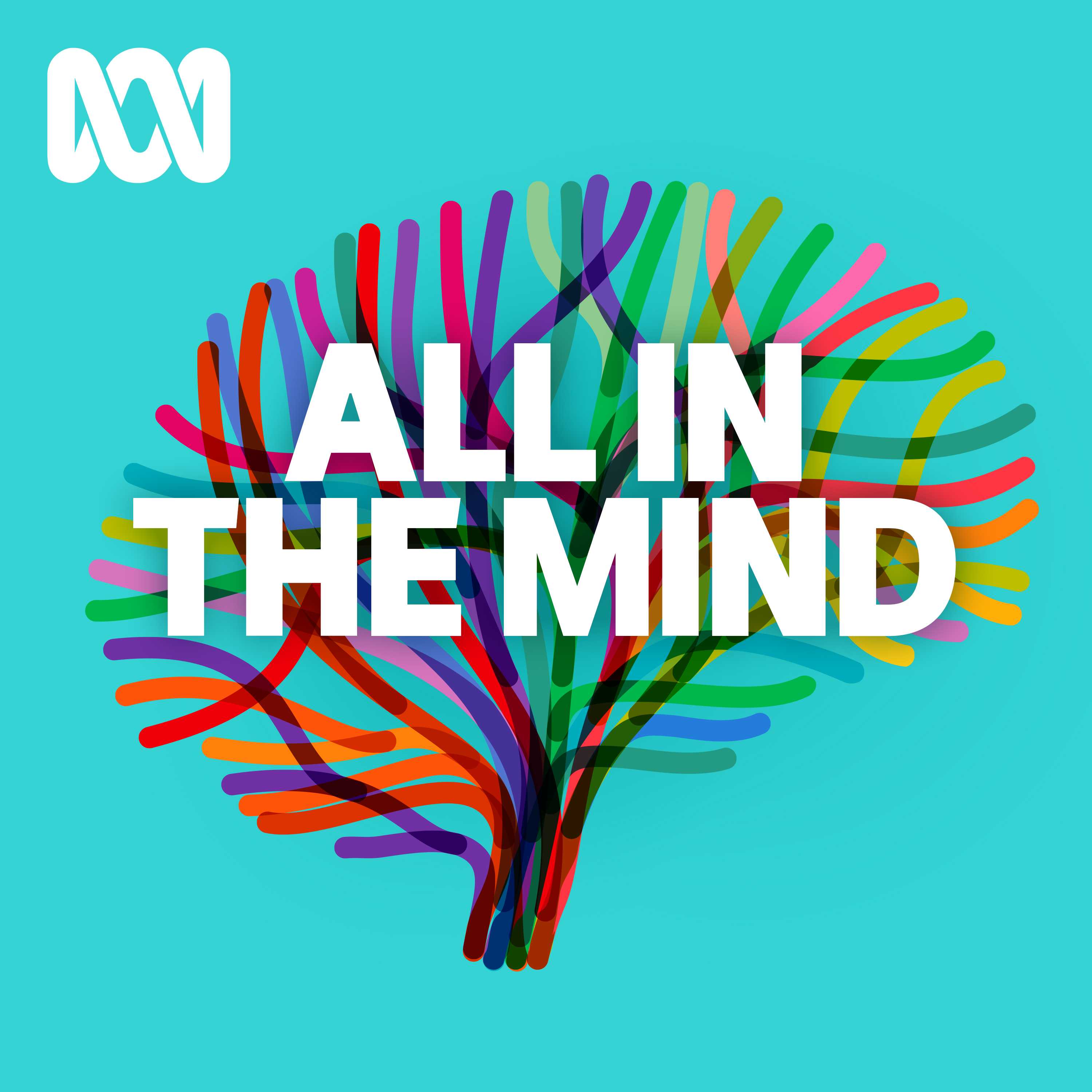
All In The Mind
ABC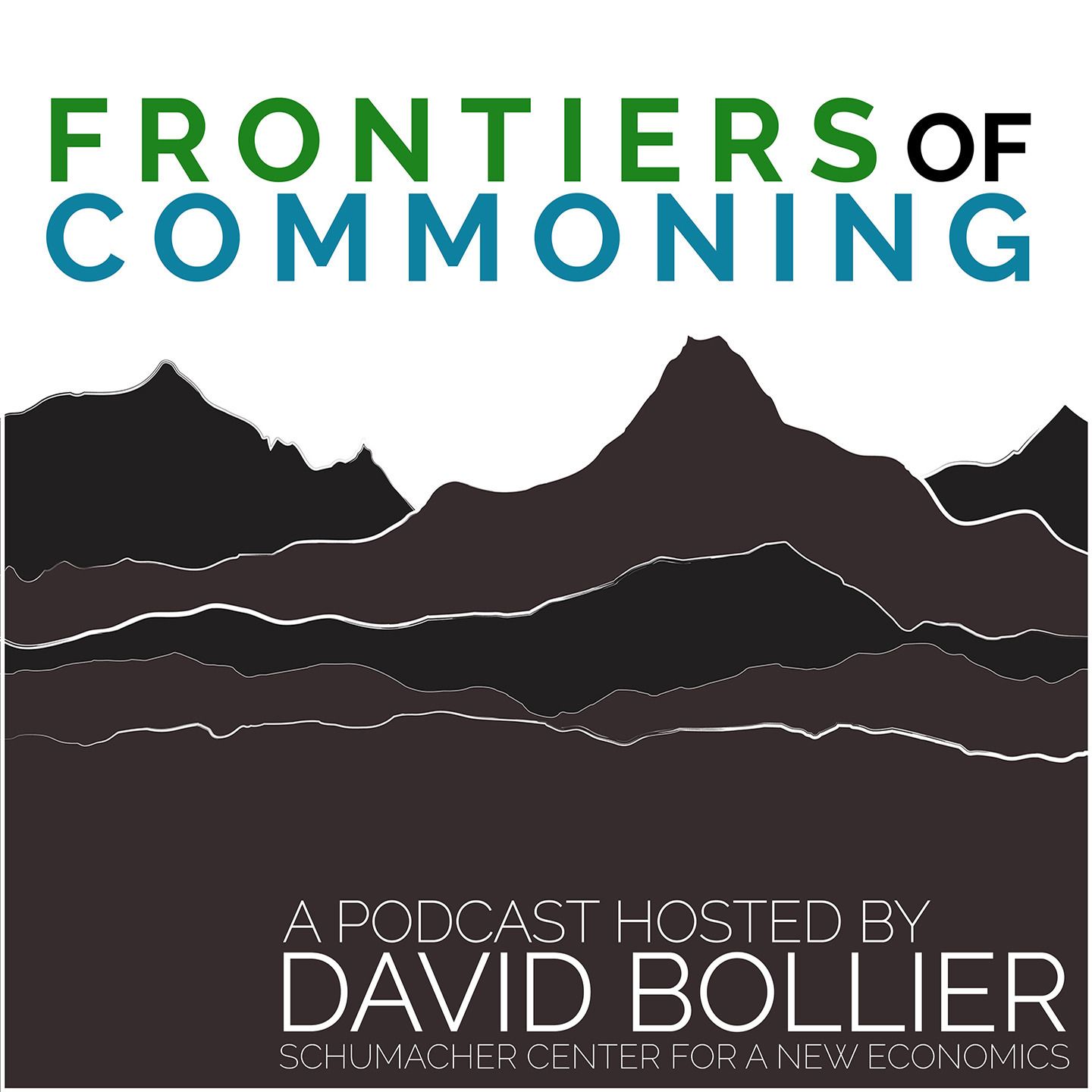
Frontiers of Commoning, with David Bollier
The Schumacher Center for a New Economics, David Bollier
Futuresteading
Jade Miles
The Lindisfarne Tapes
The Schumacher Center for a New Economics
Buzzcast
Buzzsprout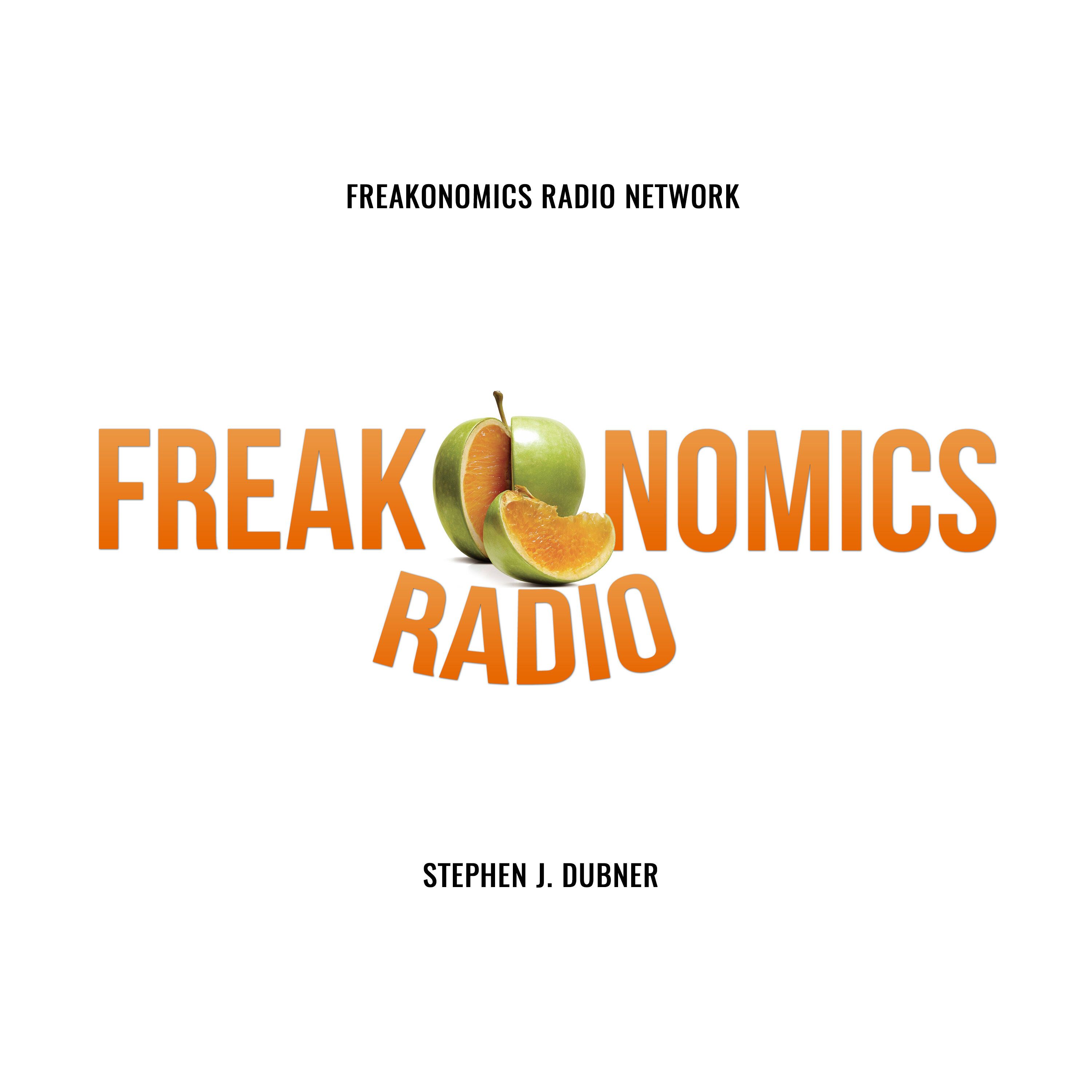
Freakonomics Radio
Freakonomics Radio + Stitcher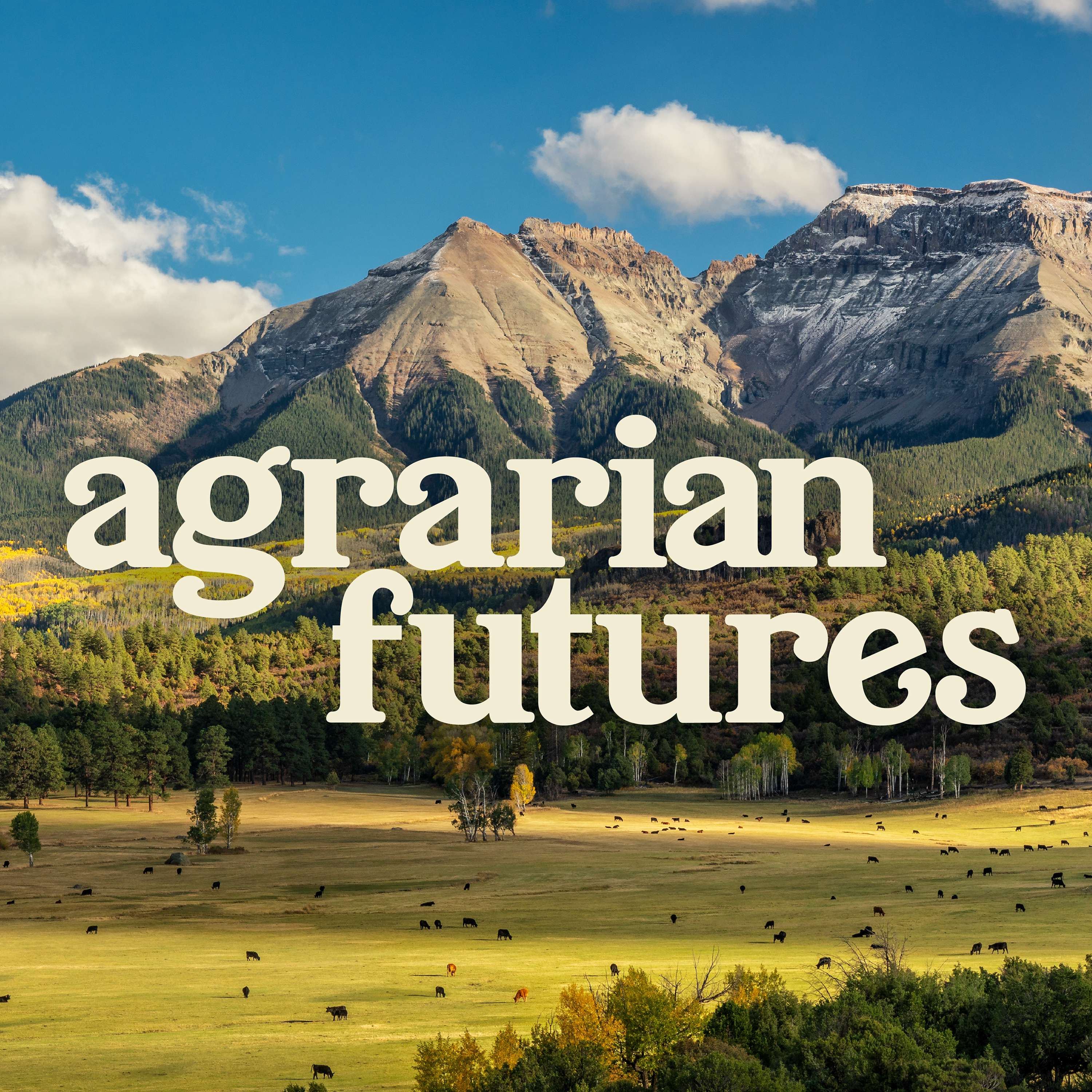
Agrarian Futures
Agrarian Futures
Mountain & Prairie with Ed Roberson
Ed Roberson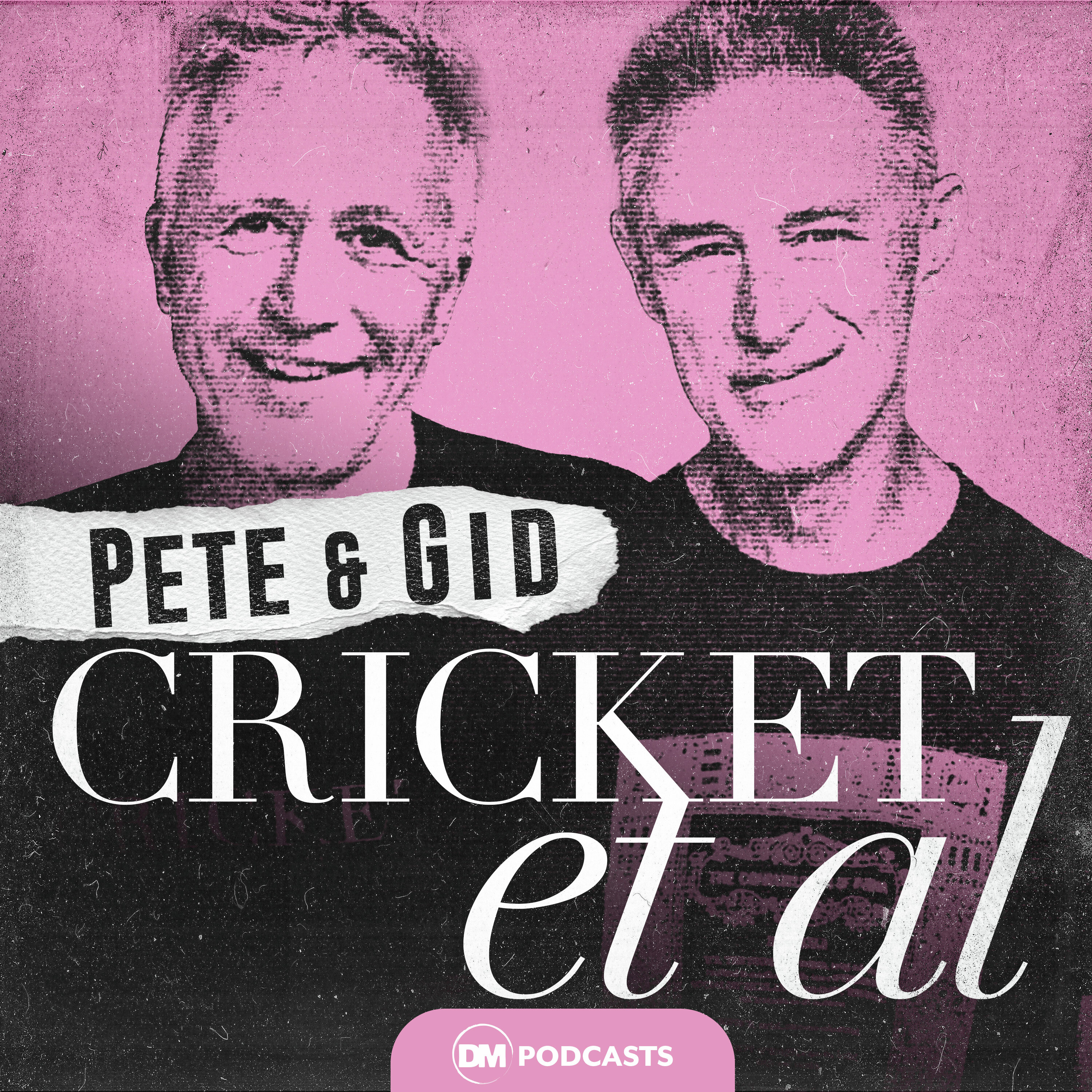
Cricket Et Al
Cricket Et Al
Broken Ground
Southern Environmental Law Center
Lost Prophets
Elias Crim & Pete DavisConversations
ABC

